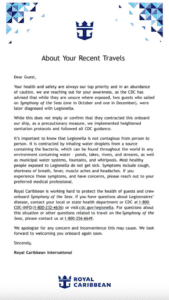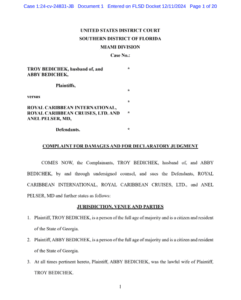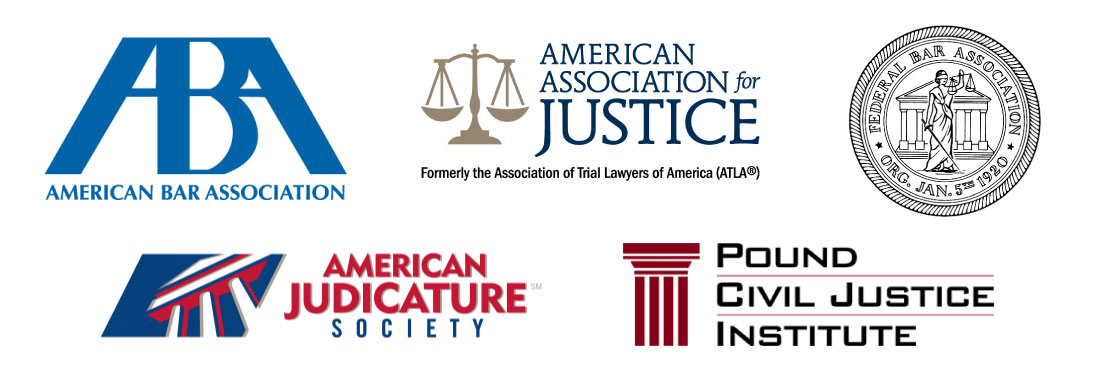Two recent cases of Legionnaires’ disease have been linked to passengers who traveled aboard Royal Caribbean’s Symphony of the Seas, according to the CDC.
Both passengers, one from an October sailing and the other from a December voyage, were diagnosed with Legionella after returning home, prompting the cruise line to take precautionary measures.
While there’s no evidence suggesting the disease was contracted on the ship, the CDC issued a warning after the diagnoses were reported.
As a precaution, Royal Caribbean has increased sanitation efforts aboard the ship, which includes extra cleaning of vulnerable surfaces and equipment.
This incident highlights ongoing concerns regarding Legionnaires’ disease and its potential spread on cruise ships, as outlined in a broader investigation into similar outbreaks. For more detailed findings on the Legionnaires’ disease outbreaks on cruise ships, check out the CDC’s full report.
The risks associated with Legionnaires’ disease are not just theoretical—they have resulted in real-life legal battles. A recently filed lawsuit against Royal Caribbean Cruises highlights the potential severity of such cases. The plaintiffs allege that their exposure to Legionella bacteria caused significant harm, underscoring the importance of proactive measures and legal accountability.
Below is a screenshot of the complaint filed in this case, which serves as a stark reminder of the responsibilities property owners and operators bear in safeguarding public health.
Click image to enlarge.
The lawsuit states:
- According to the U. S. Department of Health and Human Services, Centers for Disease Control and Prevention, Legionnaires Disease is a very severe type of pneumonia that is caused by inhalation of Legionella bacteria from a water source. Legionella is found in warm water, particularly improperly maintained hot tubs, water systems, air conditioning cooling towers, stagnant water, spas, pools, and potable water sources that are not adequately cleaned and disinfected. A person can become infected with Legionella when they breathe in steam or mist from a contaminated hot tub, swimming pool or water system.
- According to the Centers for Disease Control and Prevention, the incubation period for the Legionella bacteria to become symptomatic in a person is from two to fourteen days after exposure to the water source.
It also states:
- …Royal Caribbean Defendants voluntarily agreed to implement and be bound by the provisions, regulations, rules and terms of the Vessel Sanitation Program (VSP).
- The Vessel Sanitation Program (VSP) at the Centers for Disease Control and Prevention (CDC) assists the cruise ship industry to prevent and control the growth, transmission and spread of the Legionella bacteria in a vessel’s water system.
- The Vessel Sanitation Program (VSP) operates by the public health standards that can be found in the “Vessel Sanitation Program Operating Manual” which criteria targets the control and prevention of growth of the Legionella bacteria on cruise ships, such as the Adventure of the Seas.
This lawsuit is a reminder that when negligence leads to harm, those affected have the right to seek justice. If you or someone you know has been impacted by Legionnaires’ disease, understanding your legal options is crucial.


